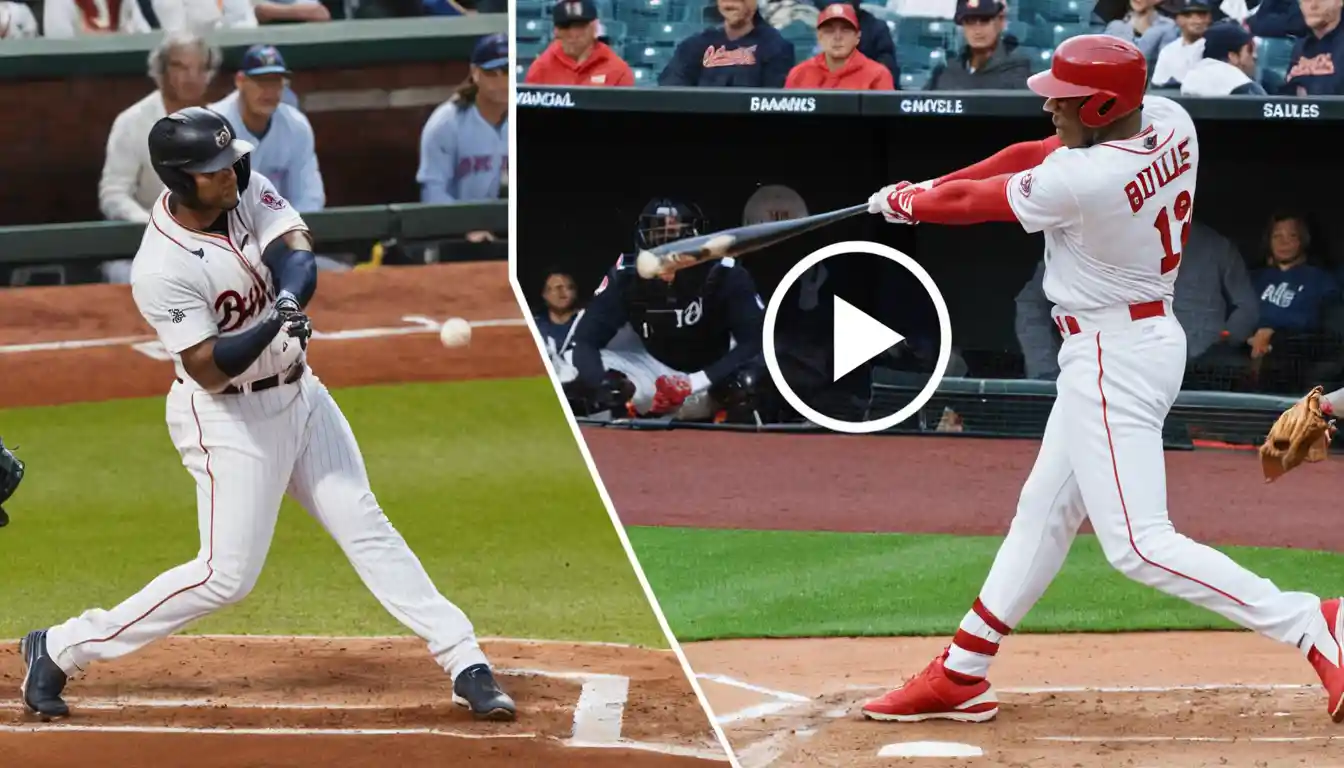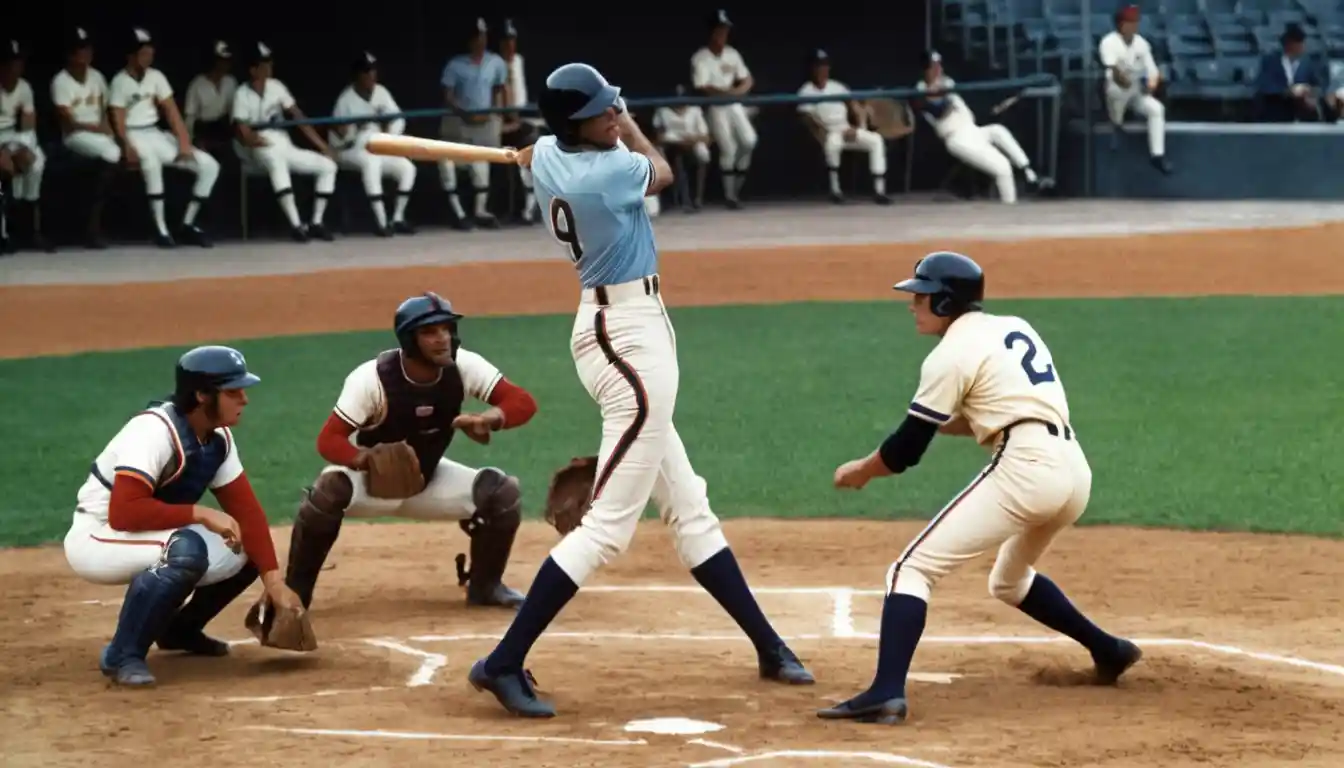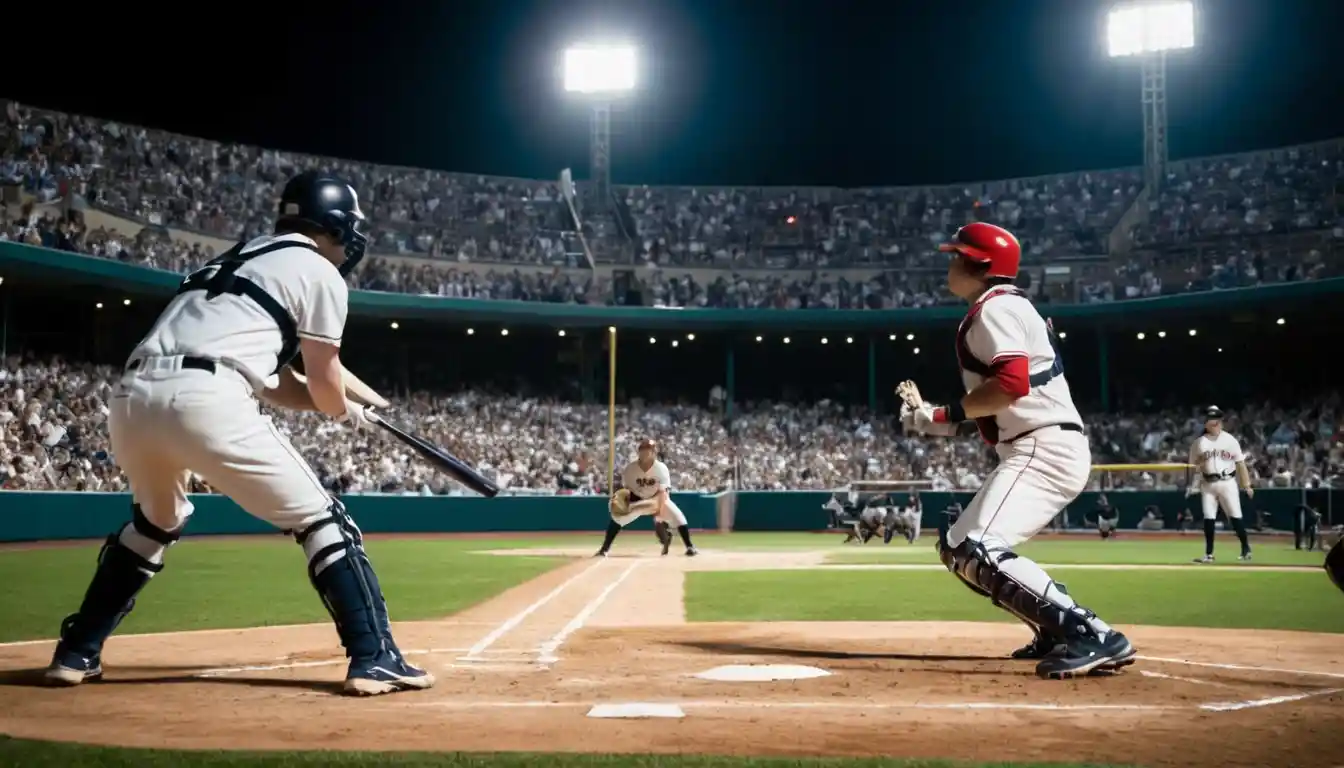Baseball is a game full of strategy, tradition, and unique terminology. Among the various rules and positions, one that often sparks confusion among both new and seasoned fans is the “Designated Hitter” or DH. What is DH in baseball? How does it impact the game, and why is it used? If you’ve ever found yourself wondering about this rule, you’re not alone. Let’s dive into the details of the DH and understand its role in the game.
What Is DH in Baseball? An Overview
The Designated Hitter (DH) is a player who bats in place of the pitcher without playing defense. The DH rule mainly applies in the American League (AL). It was introduced in 1973 to boost offensive play. The DH allows teams to use a specialized hitter instead of having the pitcher bat, which is required in the National League (NL).
History of the DH in Baseball
The DH rule was introduced to increase excitement and scoring. Before 1973, pitchers were often weak hitters, limiting offensive chances. The American League, struggling to compete with the NL in viewership and offense, adopted the DH. This decision was led by AL president Joe Cronin. The National League, however, resisted the change, arguing that it disrupted the strategic balance of the game.
Since then, the DH has been a feature of the AL, while the NL still requires pitchers to bat. The debate continues, with some fans advocating for a universal DH and others supporting the tradition of pitchers hitting.
Why Does Baseball Have a Designated Hitter?
So, what is DH in baseball, and why does it exist in the first place? The designated hitter was introduced to solve several problems. Here are the main reasons why the rule was brought into play:
Improve Offensive Production: Traditionally, pitchers are not known for their hitting abilities. In fact, most pitchers have a significantly lower batting average than position players. By allowing a designated hitter to bat in place of the pitcher, the American League ensured that a more capable hitter would step up to the plate, leading to more exciting games and higher scores.
Strategic Flexibility: The DH rule allows teams to maximize their offensive potential. By having a strong hitter in place of a pitcher, teams can improve their overall batting lineup without the need to rely on a weak-hitting pitcher.
Injury Prevention: With pitchers often facing intense physical demands, having a DH allows them to focus on pitching without worrying about their batting duties. This reduces the risk of injury from batting and helps pitchers remain focused on their primary role—throwing.
How Does the DH Rule Work?
The designated hitter works by allowing a player to take the place of the pitcher in the lineup. The DH does not play in the field, meaning they will not be responsible for defensive positions like first base, shortstop, or outfield. The DH is solely focused on batting.

It’s important to note that the DH rule only applies to the American League (AL) in Major League Baseball (MLB). The National League (NL) has historically not allowed the use of a designated hitter, which leads to some interesting strategic differences between the two leagues. However, in recent years, there have been discussions about implementing the DH across both leagues, and this change could be coming sooner rather than later.
What Are the Pros and Cons of the DH?
Like many aspects of baseball, the DH rule has both its supporters and detractors. Let’s take a look at some of the key pros and cons of using the DH in baseball.
Pros of the DH Rule
Enhanced Offense: The DH rule is generally seen as a boost for offensive production. With a skilled hitter in the lineup instead of a pitcher, fans can expect more runs, more exciting at-bats, and a faster pace to the game.
Increased Fan Interest: High-scoring games tend to draw in more viewers. The DH rule ensures that teams have strong batters in the lineup, leading to a more dynamic and engaging game for fans.
Preservation of Pitchers: By removing the pitcher from the batting order, teams can protect their most valuable players—the pitchers. They can focus on their pitching performance without worrying about injury from batting.
Cons of the DH Rule
Reduced Strategy: Some purists argue that the DH takes away from the strategic depth of the game. For example, the National League’s strategy of having pitchers bat often leads to more exciting managerial decisions, such as pinch hitting or double switches. The DH eliminates this element, leading to less tactical thinking during the game.
Loss of Traditional Play: The DH rule is viewed by some as a departure from the traditional form of baseball. The idea of pitchers playing all aspects of the game, including batting, has been a staple of the game for over a century. The DH rule disrupts this tradition, which some fans are not happy about.
Limited Player Development: Critics argue that the DH role can limit the development of younger players who may not get a chance to play a position in the field. Instead of having the opportunity to field and improve their defensive skills, some young players may only be able to bat as a designated hitter, which can stunt their overall growth as a baseball player.
Is the DH Rule Going to Be Adopted by the National League?
For decades, Major League Baseball has had a split system: the American League uses the DH rule, while the National League does not. However, this divide is slowly starting to fade. In recent years, the idea of implementing the DH across both leagues has gained traction.
During the COVID-19-shortened 2020 season, MLB adopted the universal DH rule as part of the health and safety protocols. This move allowed teams to use a DH regardless of which league they played in. While this was seen as a temporary solution, the universal DH rule is still a topic of discussion.

Many analysts, players, and fans are calling for the DH rule to be permanent across both leagues. Supporters of this change believe that the addition of a universal DH would improve the game’s offensive output and make the league more exciting. Opponents, on the other hand, argue that the traditional National League style of play, which requires pitchers to bat, is an important part of the game’s charm.
Frequently Asked Questions
What is the purpose of the DH in baseball?
The designated hitter (DH) in baseball allows a player to bat in place of the pitcher without having to play defense. This rule aims to improve offensive output, as pitchers are typically weaker hitters. It adds more power to a team’s lineup and enhances the overall excitement of the game.
Does the National League use the DH?
No, historically, the National League (NL) has not used the designated hitter rule. However, in recent years, there has been growing support for implementing the DH rule across both the American League (AL) and National League (NL). Some seasons, like the 2020 pandemic-shortened one, temporarily introduced a universal DH.
Can the DH play defense?
No, the designated hitter is only responsible for batting. They do not play a defensive position on the field. This allows the pitcher to focus solely on their pitching duties, without the added risk or distraction of hitting.
Why do some fans oppose the DH rule?
Some fans argue that the DH takes away from the strategic aspects of the game. In the National League, managers often face critical decisions about when to pinch-hit or replace a pitcher. The DH eliminates these decisions, which some believe reduces the tactical depth of the game.
Has the DH rule been permanent in the American League?
Yes, the DH rule has been permanent in the American League since it was first introduced in 1973. However, debates about whether the National League should adopt the DH have persisted, and there have been calls for a universal DH in Major League Baseball.
Conclusion
To sum up, the designated hitter rule (DH) is an essential part of modern baseball, especially in the American League. It allows teams to place a skilled hitter in the pitcher’s spot in the lineup, leading to more offensive production and increased excitement for fans. The DH rule is widely seen as a way to protect pitchers and add depth to the batting order. It also has its critics, particularly among those who favor traditional baseball strategies.
Whether you’re a fan of the DH or not. It’s clear that this rule plays a significant role in shaping the way baseball is played today. As Major League Baseball continues to evolve. The future of the DH especially the potential for a universal DH—will likely remain a hot topic of debate.

